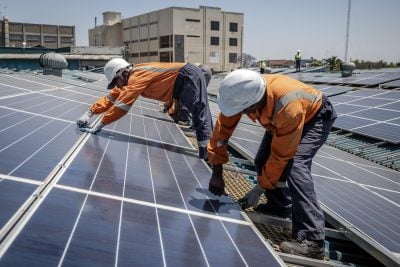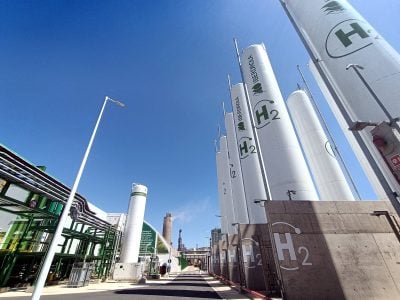The World Bank has forecast a strong recovery in mining commodity and metals prices this year.
Its January 2017 Commodity Markets Outlook predicts an 11% rise in the price of metals during the course of 2017, a big increase on the 4% prediction it made in October. However, precious metal prices are expected to fall by 7%, as rising interest rates lure investors out of gold and other safe havens. Both trends are indicative of a global economic recovery.
Average annual metal prices were 6% lower in 2016 than in 2015 and at their lowest level for eleven years. However, metals prices increased by 10% in the final quarter of the year because of rising demand in China, particularly for zinc and lead.
The World Bank report cited stronger than expected demand, particularly from China, where the government has attempted to stimulate the economy, and also in the industrialised world, for its optimism. China has accounted for most growth in global metals consumption over the past 15 years and since 2015 its metals consumption has been higher than for the rest of the world put together. Prices have also been fuelled by the outcome of the US presidential election, which raised expectations of greater infrastructural investment in the world’s biggest economy.
More broadly speaking, it seems likely that the price recovery is part of the commodity supercycle, by which prices rise and fall every few years. High prices stimulate greater investment in production and the higher output eventually drives prices lower. This makes some production uneconomic and so triggers cuts in output. Lower production eventually constrains supply and fuels price rises, causing the whole process to start again.
John Baffes, the senior economist and lead author of the Commodity Markets Outlook, said: “Prices for most commodities appear to have bottomed out last year and are on track to climb in 2017. However, changes in policies could alter this path.” The World Bank’s Metals and Minerals Index is particularly useful for tracking long term price trends. Using 2010 as its base year for an index of 100, the index fell steadily to 53 for 2016 but is forecast to recover to 70 this year.
Metal by metal
Iron ore prices increased by 20% in the fourth quarter of 2016, again because of strong demand in China. Prices doubled from $40/ton to $80/ton over the course of 2016. Iron ore projects in Central Africa were suspended and output cut back in the Mano River states. The fact that South African production has held up in the face of low prices, alongside record exports from Australia and Brazil in November, suggests that bigger producers have fared best during the slump because of lower unit costs.
Aluminium prices rose 6% in the final three months of 2016, with African coal and bauxite miners among those to benefit. However, mothballed smelters are likely to come back on stream, so the pace of the recovery is likely to slow. In addition, African bauxite exporters, such as Guinea, will face growing competition from Indonesia, which lifted a ban on the export of its own bauxite ore in January.
Both Zambia and Democratic Republic of Congo (DRC) should benefit from the 10% rise in copper prices in the final quarter of 2016, on the back of rising demand from the construction, automotive and power grid sectors in China. However, both countries may be affected by the development of new mines in Peru.
Ayhan Kose, the director of the World Bank’s Development Prospects Group, warned that the years of low commodity prices would be felt for a long time to come. He said: “Investment weakness – both public and private – hinders a range of activity in commodity-exporting emerging market and developing economies. Most of these economies have limited policy space to counteract the slowdown in investment growth, so they need to employ measures to enhance the business environment, promote economic diversification, and improve governance to better growth prospects over the longer term.”
Neil Ford
Want to continue reading? Subscribe today.
You've read all your free articles for this month! Subscribe now to enjoy full access to our content.
Digital Monthly
£8.00 / month
Receive full unlimited access to our articles, opinions, podcasts and more.
Digital Yearly
£70.00 / year
Our best value offer - save £26 and gain access to all of our digital content for an entire year!
 Sign in with Google
Sign in with Google 


